“We are all hungry and thirsty for concrete images.”
Nothing is concrete | Last Day in Limbo | Light Blast
Nothing is concrete
Welcome to the Union Street 21 newsletter. I can’t believe it’s May. Where is the time going? The days, months, and years seem to go faster and faster.
Over the weekend I went up to Echuca in northern Victoria for my niece’s wedding. It was strange and somewhat disorientating heading back to Echuca. I grew up there in the 70s and 80s, but moved away in ‘85. When I left the population was under nine-thousand. Today it’s over 15 thousand. It’s very different to the town I grew up in, which probably isn’t a bad thing.
Earlier this week I started work on a new Union Street 21 book featuring Ivan’s photographs. The book is a photographic essay of an abandoned factory in Corio. It’s tentatively titled, ‘Concrete & Iron.’
It’s still very much a work in progress, and many things will change before it’s complete and goes to print. But that’s the nature of putting together a book like this. It’s organic. It keeps growing and evolving, and it’s hard to say how a project like this will end up. Here’s a few of the images that we’ll be featuring.
Concrete & Iron won’t be a book for everyone. We understand that. It’s stark, it’s vacant, and devoid of life. It’s almost dystopian. But we also believe there’s a beauty in urban decay. Below is the promo spiel I’ve been working on.
In the forgotten corners and recesses of our bustling cities, there exists a haunting beauty—a beauty born from decay, from the slow erosion of time upon once vibrant structures. It is in these abandoned factory spaces, where rust reigns supreme and concrete crumbles, that Ivan Atkinson finds his muse.
In “Concrete & Iron,” Atkinson’s lens serves as a portal into a world often overlooked—a world where urban decay becomes a canvas upon which the passage of time is writ large. But amidst the rust and rubble, there lies a deeper truth, one echoed in the words of Salvador Dali: “We are all hungry and thirsty for concrete images.” Dali’s sentiment, while not referring to concrete in its literal sense, speaks to a deeper longing—a longing for solidity, for permanence in a world defined by transience.
And yet, as Atkinson’s images reveal, nothing lasts forever. Nothing is concrete.
Paul Cezanne once mused, “The artist makes things concrete and gives them individuality.” The concrete of these abandoned factories shares that individuality. Each crack, each stain, bears witness to a history all its own. For in the world of urban decay, concrete is not merely a building material—it is a canvas, a storyteller, imbued with texture, flaws, and hues that speak of the passage of time.
As you journey through the pages of “Concrete & Iron,” let yourself be drawn into the allure of decay, the poetry of abandonment. For within these forgotten spaces lies a beauty that transcends the ravages of time—a beauty that speaks to the resilience of the human spirit, even in the face of inevitable decline.
I’ll keep you updated as the project moves forward. I think this is gonna be a good one.
And in case you didn’t know, Union Street 21 is on Instagram. You can find us @unionstreet21
Have a great week everyone.
Book Review: Last Day in Limbo
Author: Peter O’Donnell
Publisher: Souvenir Press
Published: 1976
Last Day in Limbo is the eighth book in Peter O’Donnell’s rough and tumble Modesty Blaise series. This story starts with Modesty on vacation, doing a spot of white-water canoeing with millionaire John Dall. Their trip is rudely interrupted by two armed rednecks, who could have stepped off the screen from Deliverance, who take Modesty and Dall prisoner and start marching them up the mountain to a waiting helicopter, which will spirit them away. Of course, Modesty intervenes, and even though the kidnappers are professionals, she quickly takes them down.
The kidnapping was arranged by a corrupt millionaire businessman named Paxero, and his right hand minion, Damion. Paxero kidnaps other millionaires on behalf of his old twisted Aunt Benita, who runs a slave plantation in the middle of the jungle, called Limbo. Aunt Benita’s scheme involves kidnapping the world’s most wealthy and pampered people – faking their deaths, so there’s no questions—and then having spend the rest of their days toiling away as a slave. So the kidnap attempt, was actually aimed at the millionaire John Dall—Modesty, just happens to be an innocent bystander.
Meanwhile, Willie Garvin is helping out Sir Gerald Tarrant, the head of the Secret Service. Garvin is running a refresher course at the training centre where Tarrant’s operatives are taught a wide range of combat skills. Garvin’s student is Maude Tiller – one of Tarrant’s operative’s who has returned from a rather trying mission. She hasn’t quite been herself since she returned. Her last mission, quite coincidentally, was an investigation into the activities of Paxero, and she posed as a good time girl, who Paxero and Damion hired and used at their house in Switzerland. It seems Paxero and Damion are two peas in the same pod when it comes to creepy and aberrant sexual behaviour. It seems that Maude has not quite recovered from the sexual practices she was forced to perform.
Garvin takes it upon himself to teach Paxero a lesson, and jets off to Switzerland. Of course Modesty joins Garvin on his little adventure. The first thing they do is reconoitre Paxero’s house, and it’s there where Modesty begins to suspect there is more to Paxero than meets the eye. While searching the house, she finds a pocket watch, which she gave to a friend, Danny Chavasse, many, many years ago. She knew that Danny would never give away or sell the watch, so the only conclusion is that it must have been taken or stolen. Which then brings up the question, where is Danny Chevasse? Modesty has a sneaking suspicion that he’s not dead.
Of course, Chavasse is one of the many people trapped in Limbo, although at this stage, Modesty does not know what or where Limbo is. But she soon finds out with the help of some of her friends (characters who have been in previous Modesty Blaise novels). The first, is Lucifer, who has powerful pre-cognitive skills. He tells Modesty, that Chavasse is still alive. Next are Steve and Dinah Collier. Dinah has extremely perceptive devination skills, and with a plumbob over a map, is able to ascertain where Chavasse is.
But Modesty has to get to Limbo, and she believes that the best way to do that, is to allow herself to be kidnapped, which she does while scuba diving. She knows she can work better from the inside. Meanwhile, Willie Garvin and Maude Tiller set off from British Honduras (Belize) and virtually cut their way through the rain forest to rendezvous with her at the camp—just in time for the inevitable showdown.
Out of all the Modesty Blaise books I have read (and I haven’t read them all), this is possibly the most sleazy. Don’t get me wrong, it’s not smut, but it certainly implies quite a few sexually repugnant actions carried out by the villains. Last Day in Limbo is driven by sex. Sex is not used as a titillating element in the story, but a ‘dirty’ backdrop. Modesty and Willie are only drawn into the story because of the villain’s penchant for kinky and deviant sex. As such, this book doesn’t share the same joyful tone, as many other stories of its ilk—even those by Peter O’Donnell.
My comments may make Last Day in Limbo sound like a bad book. It’s not. It’s not smut—as I alluded to earlier, the deviant sex is only implied, never paraded in front of the reader. The book is a good Modesty Blaise adventure. But I would suggest Peter O’Donnell tried to take the story into slightly new territory eschewing, if only slightly, some of the light swashbuckling charm of the early novels, and attempted to bring the story kicking and screaming into the mid 1970s. And that’s not a bad thing.
While Last Day in Limbo is a solid piece of entertainment, there are one or two coincidences in the story, that start to push the the envelope of believability. There is an awful lot of ‘just going on a hunch’ type of action. Modesty’s friends and their ‘special powers’ also weaken the story. They are interesting characters, but there’s very little investigation in this story. The pieces of the puzzle come to her just a tad too easily, and although her physical prowess comes to the fore at the end of the novel, her brain is never really tested.
Film Review: Light Blast (1985)
AKA: Colpi di luce | Neon Killer
Director: Enzo G. Castellari
Starring: Erik Estrada, Thomas Moore (Ennio Girolami), Michael Pritchard, Peggy Rowe, Bob Taylor
Music: Guido De Angelis and Maurizio De Angelis
“It’s maggots like you that make me like my job!”
Light Blast is a trashy B-grade cop thriller starring Erik Estrada who was swept to fame in the late 70s and early 80s playing Frank ‘Ponch’ Poncharello in the TV series CHiPs. For those too young to remember CHiPs, it was a show about two California Highway Patrol police officers, Estrada, and Larry Wilcox, who rode motorcycles and arrested crooks. In Light Blast, again Estrada plays a cop, but this time he’s decidedly more ‘Dirty Harry’ than 'Ponch’.
To readers, it must seem lazy for a reviewer to continually mention Dirty Harry, but Harry casts a very long shadow. If a cop film features a tough, violent loner who is good with a gun, then the film is undoubtedly influenced by Harry Callahan and his 44 magnum. Likewise, if a film is more gritty and character driven, it probably owes a debt to The French Connection. And in keeping, if a film features a black actor as the lead, then the film is measured up against Richard Roundtree’s Shaft. All three films were made in 1971. It was a good year for cop movies (although Shaft was a ‘private dick’). And all three films provide the template for the cop films that followed.
It could be argued that over the years in police films, although the cops have battled a various assortment of psychos, it wasn’t until the success of The Silence Of The Lambs, that the style of cop films changed from the model set up in the early 1970s. These days, cop shows on television (like C.S.I.) and at the movies are pretty dark affairs, with serial killers, stalkers, paedophiles, and bizarre cults plaguing society.
As entertainment, I must admit I find it all rather distasteful—that’s not to say that some of them aren’t good productions. But I long for the days of good old fashioned ‘cops and robbers’. It’s easier to understand the motives of your old style villain. It’s greed and selfishness. He wants money. But today’s villain tends to keep a collection of body parts in his basement, which I can’t really relate to. And furthermore, I’m not too enamoured when it is served up as entertainment night after night.
But I have digressed. Light Blast is from the Dirty Harry school of cop films. Estrada is Ronn Warren, a San Francisco cop. The film opens with Dr. Yuri Soboda (Michael Pritchard) test firing a new high tech laser weapon at a railway depot. At the depot a young couple are engaging in a bit of hanky-panky in a train carriage. Unusual location for a secret tryst, but whatever works for you! As the ray hits the carriage, the young lovers melt.
Then we cut to a hostage situation. Two armed robbers are holding a dozen people hostage in a bank. Police have circled the building and are trying to negotiate a resolution. But it isn’t easy to reason with the gunmen. To prove that they mean business they shoot one of the hostages. They demand a plane. The police officer in charge of the negotiation—the one with the megaphone—tells them that the plane will take time. Next, the gunmen want a meal. They also want the food delivered by someone without clothes, that way they can see if the person is armed.
Naturally the police don’t send a civilian. They send Ronn Warren. He walks up to the bank practically naked, holding a giant turkey and french-fries (or ‘CHiPs’ as I like to call them – sorry, bad pun). Warren quickly overpowers the ‘perps’ and frees the hostages. He does this with a pistol hidden in the turkey.
Meanwhile, a message is sent to the mayor of San Francisco, by Soboda saying that he wants five million dollars. But first he will fire the weapon again at 5:48pm to prove that the threat is legitimate. As a precaution the city’s police officers are sent to cover and protect all the public event happening that day. Warren is sent to the Freemont Speedway. And of course, that’s where Soboda and his team of extortionists strike. They fire the weapon and melt the announcers booth at the speedway.
Warren observes this, and pursues the laser, which is housed in a television broadcast truck. This leads us to the first of the films four car chase scenes. As the film is set in San Francisco, you will naturally think of Bullitt when you see the vehicles speeding around the undulating San Fran street scape. Needless to say, that none of these chases even comes close to the level of excitement in Bullitt. After each chases, Soboda raises his ransom demands. The final chase starts with a citizen exclaiming, “Hey! What the f*ck are you doin!”, and that perfectly sums up the viewing experience.
Light Blast is trash. The only reason to watch it, is if you are old enough to remember CHiPs fondly, because Erik Estrada is all this film has going for it. The acting is generally atrocious, and the action scenes are repetitive.
Yours in the Spirit of Adventure
That’s the end of this week’s newsletter. I hope you’ll consider subscribing, and I’ll be back in a week or so with more nonsense from inside the walls of Pentridge Prison. Until then, take care, David.
Australian adventure author, David Foster, writes under the pen names James Hopwood, A.W. Hart, and Jack Tunney. He has written seven novels, and his short fiction has been published in over 50 publications around the world.
David’s artwork has appeared in group exhibitions in Echuca, Shepparton and Bendigo. His one act play, Future Shock, was performed at Echuca Arts Centre in 1984.

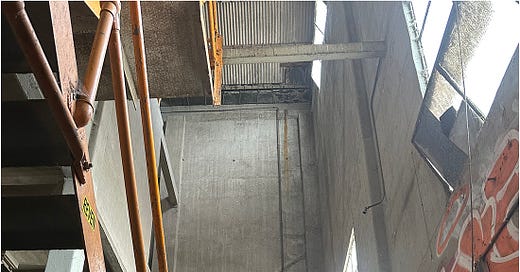


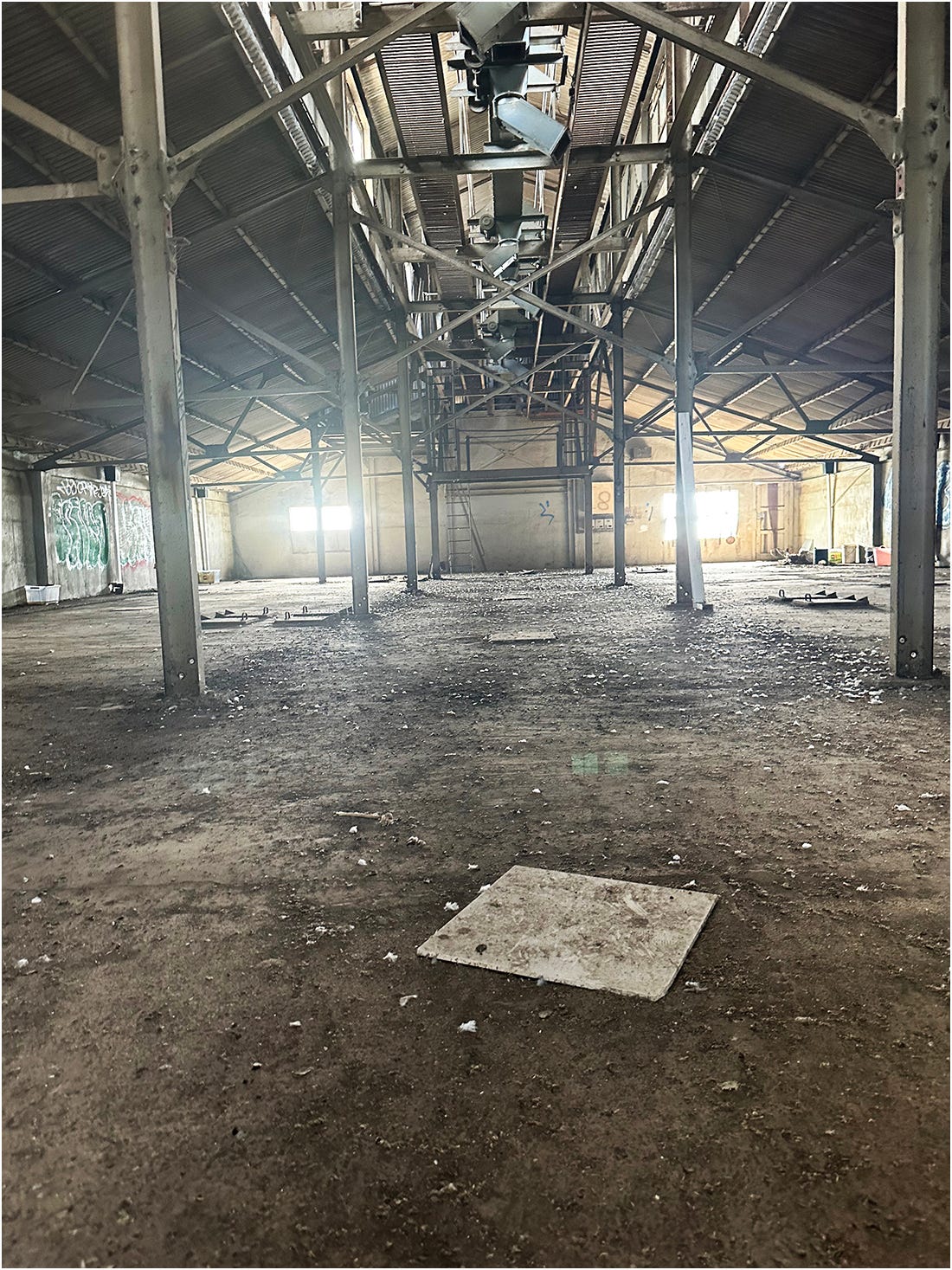
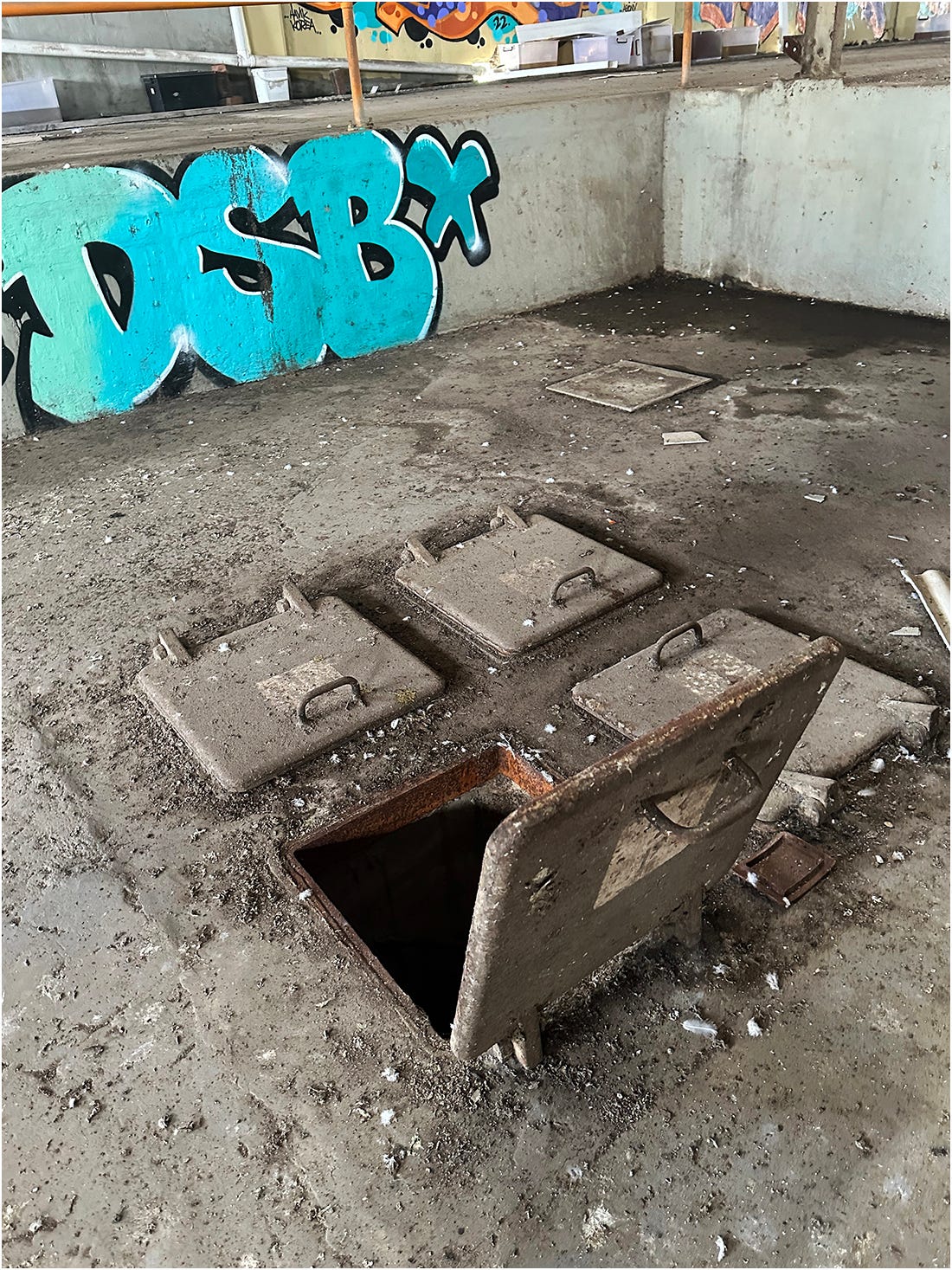

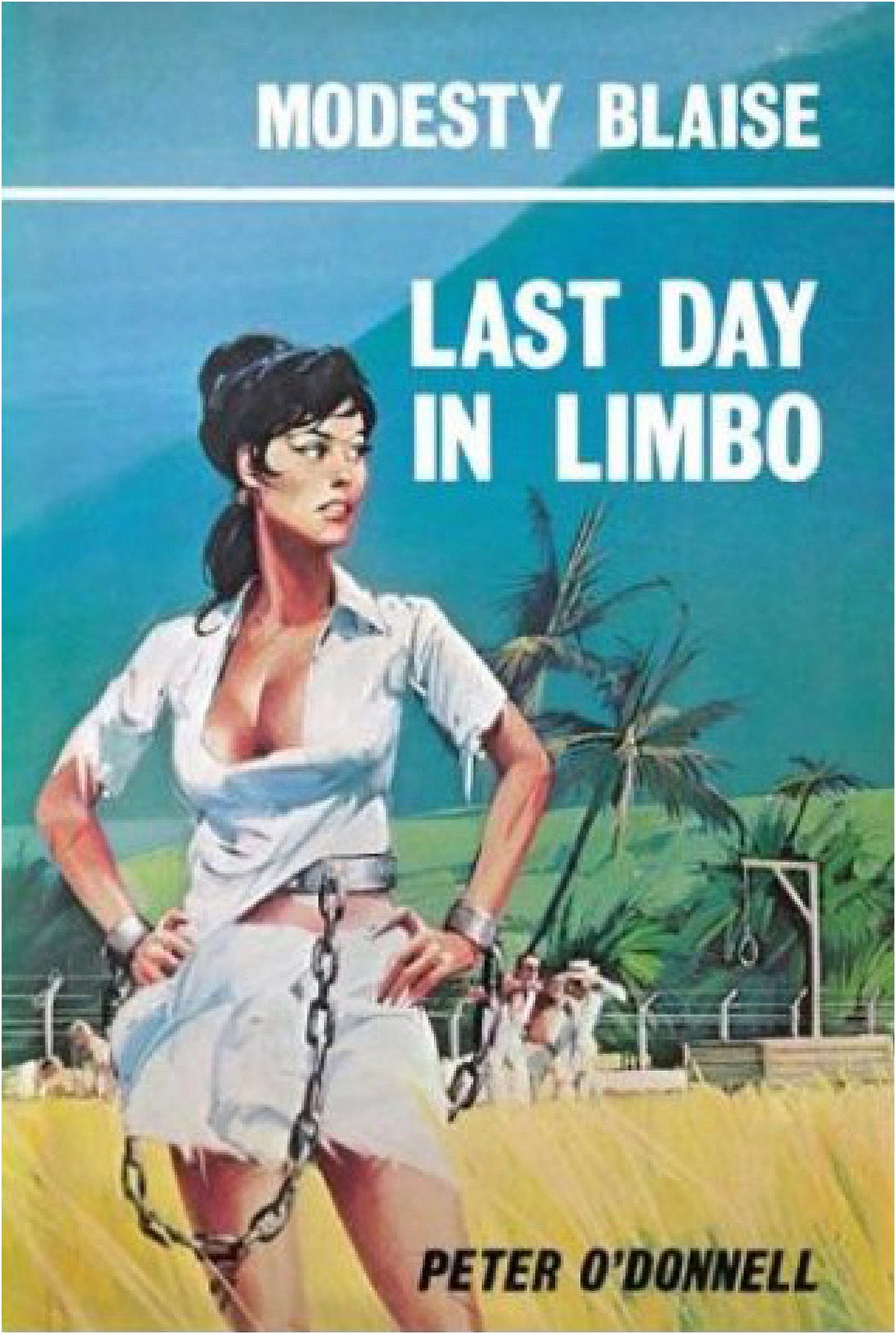
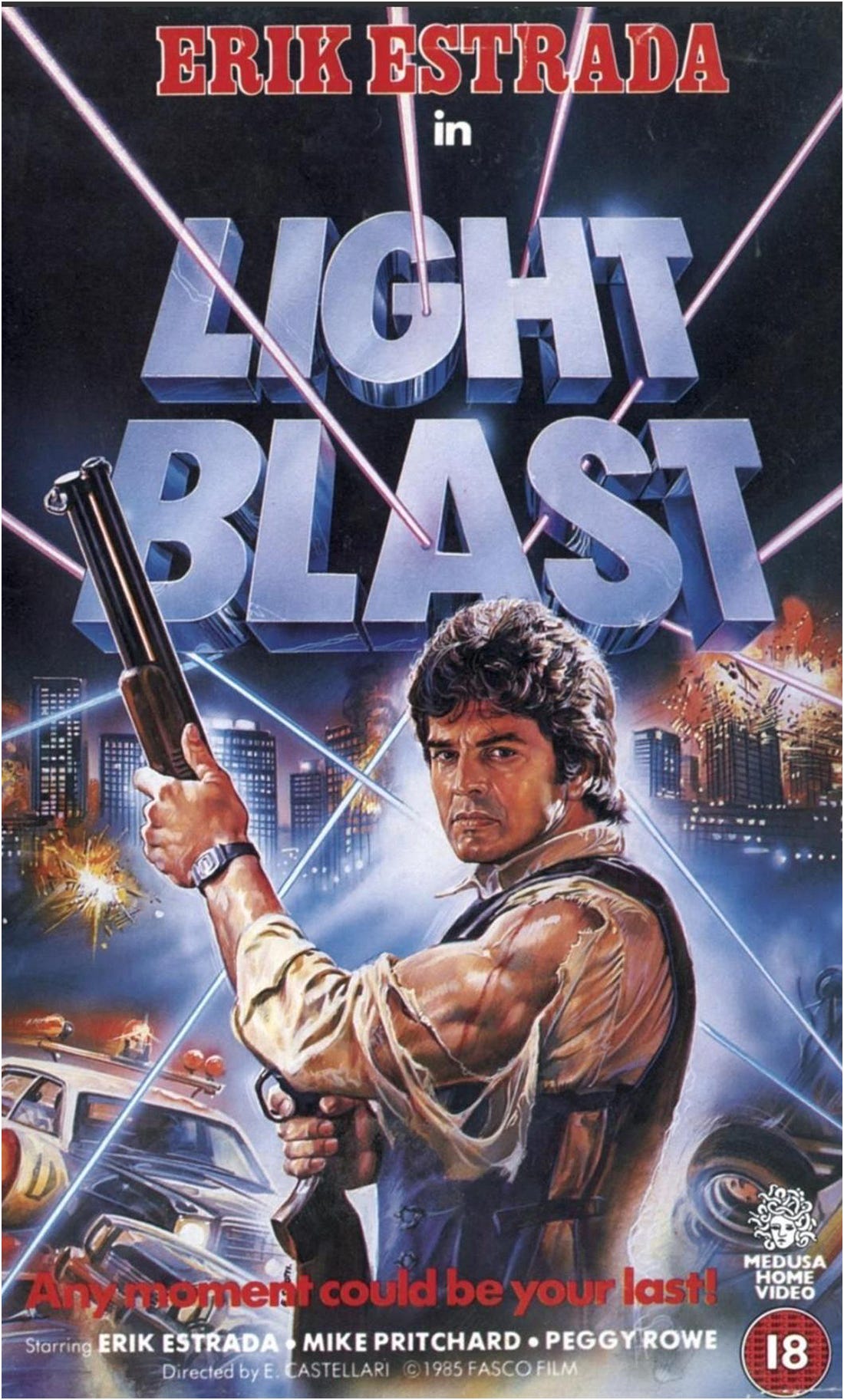
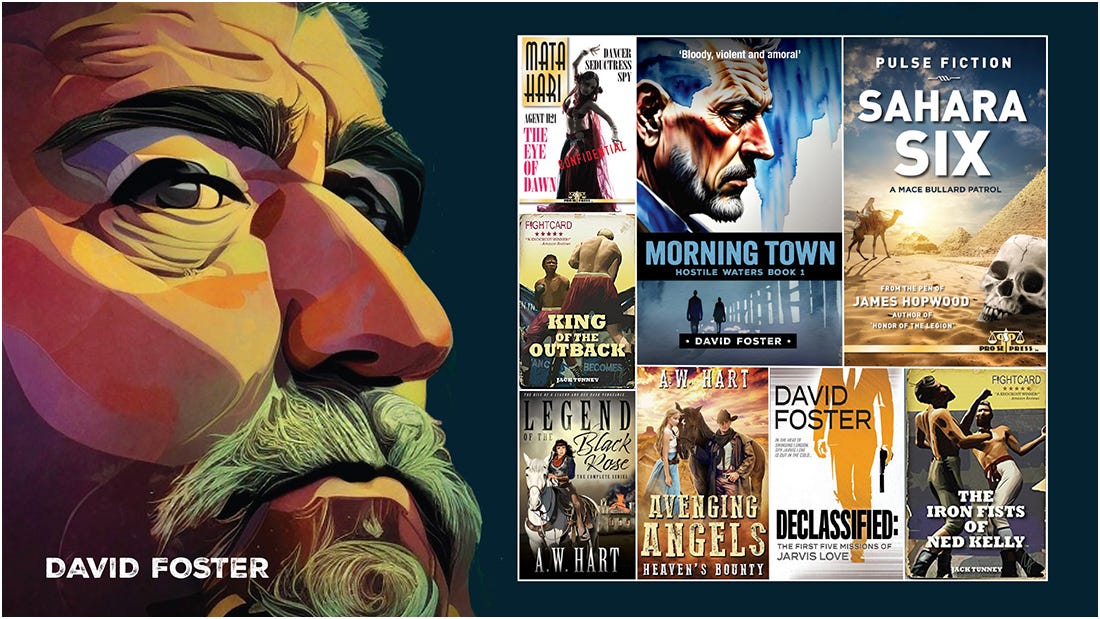
Even all of life is transient: we are here one moment and gone the next. Charmaine
I'm impressed by your thoughtful introduction to Concrete and Iron, and enjoyed the detailed reviews of the pulp book and video